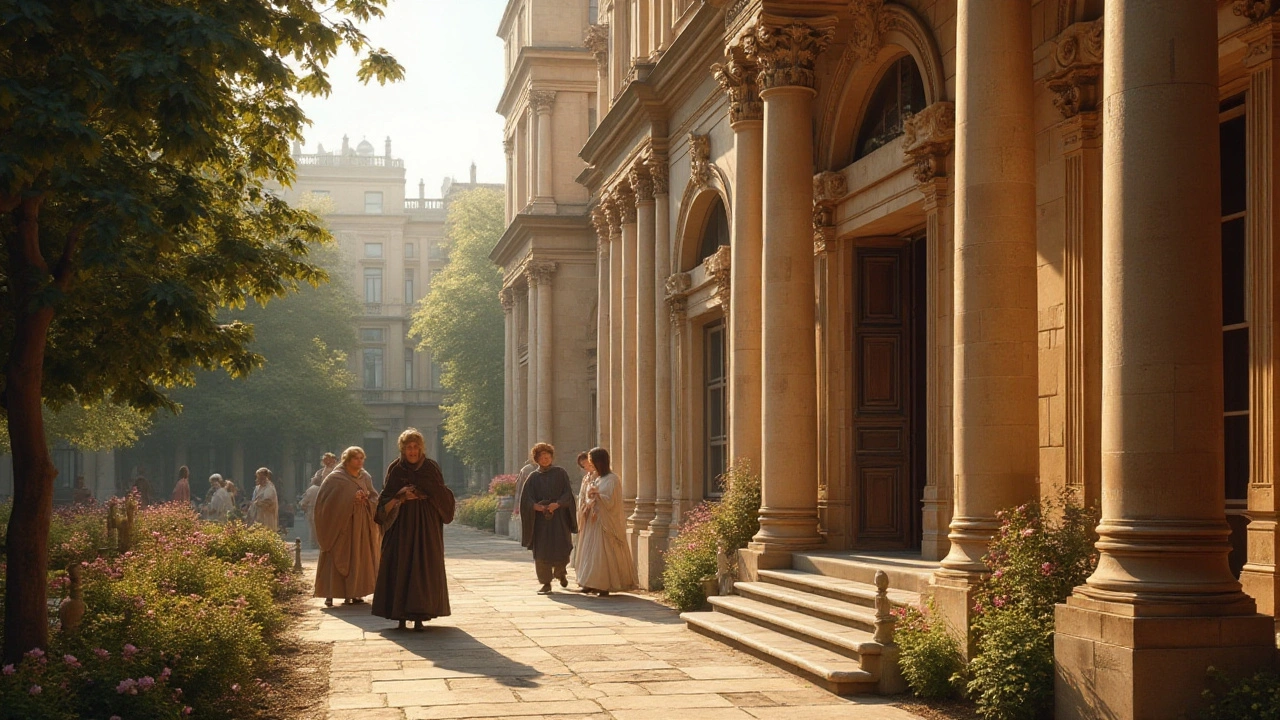Age of Enlightenment: How ideas reshaped art and architecture
The Age of Enlightenment flipped how people thought about art, buildings, and public space. Reason, science, and a taste for classical order pushed designers away from heavy ornament and toward clear forms, balanced proportions, and civic purpose. If you care about why certain museums, city halls, or grand homes look the way they do, this tag brings those stories together and points you to useful reads.
On this page you’ll find articles that trace those changes—from the grand drama of Baroque and Rococo to the return of classical order in Neoclassicism and Greek Revival. Each piece explains what architects and artists were trying to do, and how those ideas turned into real buildings you can still visit or study online.
Key styles and what to look for
Neoclassicism and Greek Revival: Look for columns, pediments, clean facades, and symmetry. Read our Greek Revival guides to spot temple-like townhouses and public buildings. (See: Greek Revival Architecture: Timeless Style and How a Classic Look Keeps Reinventing Itself.)
Baroque and Rococo: These are the dramatic and decorative cousins that Enlightenment thinkers often reacted against. If a room uses bold contrasts, sweeping staircases, or playful ornament, you’re seeing Baroque/Rococo roots. Try the Rococo decor piece for practical ways to mix this style into modern interiors (Rococo Home Decor).
Beaux-Arts and Georgian: Later civic and urban design married classical rules with modern scale. Big public buildings, formal city blocks, and grand entrance halls come from this lineage. For preservation and examples, check our Beaux-Arts articles (Beaux-Arts History, Preserving Beaux-Arts).
Why this matters and how to use it
Knowing the Age of Enlightenment helps you read cities. When you travel, you’ll spot where ideas about democracy, public life, and order show up in stone and brick. When you renovate or design, you can borrow a column, a window rhythm, or a facade balance to give a place calm, timeless character.
Practical tip: compare two nearby buildings—one ornate, one restrained. Which feels public and civic? Which feels private and decorative? That contrast is often the Enlightenment at work. Want a quick case study? Read our piece on Georgian influence to see how city planning adopted those ideals (Georgian Architecture Influence).
Browse the linked articles to get clear examples, travel tips, and short history bits you can use on walks, in design projects, or when explaining why a building matters. If you want recommendations for which posts to read first, start with Neoclassicism and Greek Revival—those give the fastest insight into how Enlightenment thought still shapes our streets.

Exploring Renaissance Architecture: The Art of Enlightenment and Innovation
Renaissance architecture, emerging in the 14th century, marks a revival in classical learning and wisdom. This article navigates through its unique features, historical context, and notable examples, offering insights into an era where beauty and intellect were gloriously intertwined.
Read more